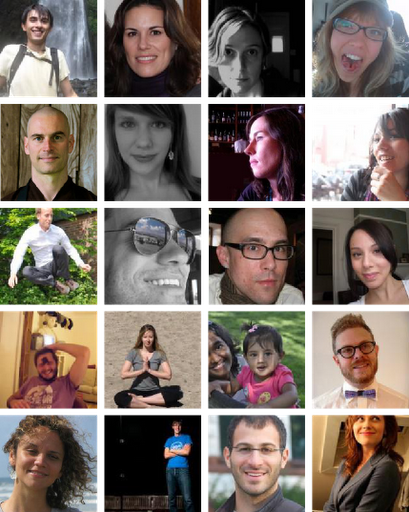This year Shambhala SunSpace has been posting weekly essays from the Under 35 Project, a laudable initiative to support and highlight the voices of the emerging generation of Buddhists and meditators. As usual, my naïveté never fails to let me down and I was once again shocked at the whiteness of the lineup. Not a single East or Southeast Asian among them.

A common retort to my posts of the whiteness of Western Buddhist publications is to question whether any Asian Buddhists are reaching out—or even writing—in the first place. In fact, I received a similar such comment on my last post on the overwhelming whiteness of the Buddhist Geeks conference.
In the case of the Under 35 Project, we can directly answer that question through open access to their archive of submissions.
This morning, I went looking for Asian authors who had submitted to the project, and I was able to find Nicole Mahabir, Joshua Shin, Chholay Dorji, Minh Tue Vo Thanh, Susan Yao, Georges Han, Duc Hong Ta, Justin Luu, Tina Ng, Phoebe Tsang, Subha Srinivasan, Ishita Gupta, Anthuan Vuongand Cristina Moon. These Asian authors are together more than were published in the last two issues of Shambhala Sun. Only one of them made it to Shambhala SunSpace’s weekly selection.
If we look at when Asian Buddhist authors submitted their work, we see a huge spike at the end of last year, when the Under 35 Project first went online. But during the nearly six months since Shambhala SunSpace began promoting this project by mostly reposting pieces by white authors, only one Asian author has submitted her work. She wasn’t included in the weekly Under 35 post.
I wonder if Shambhala Publications were to only start publishing more Asian authors, perhaps more would once again step up to submit. Or perhaps it’s already too late.


